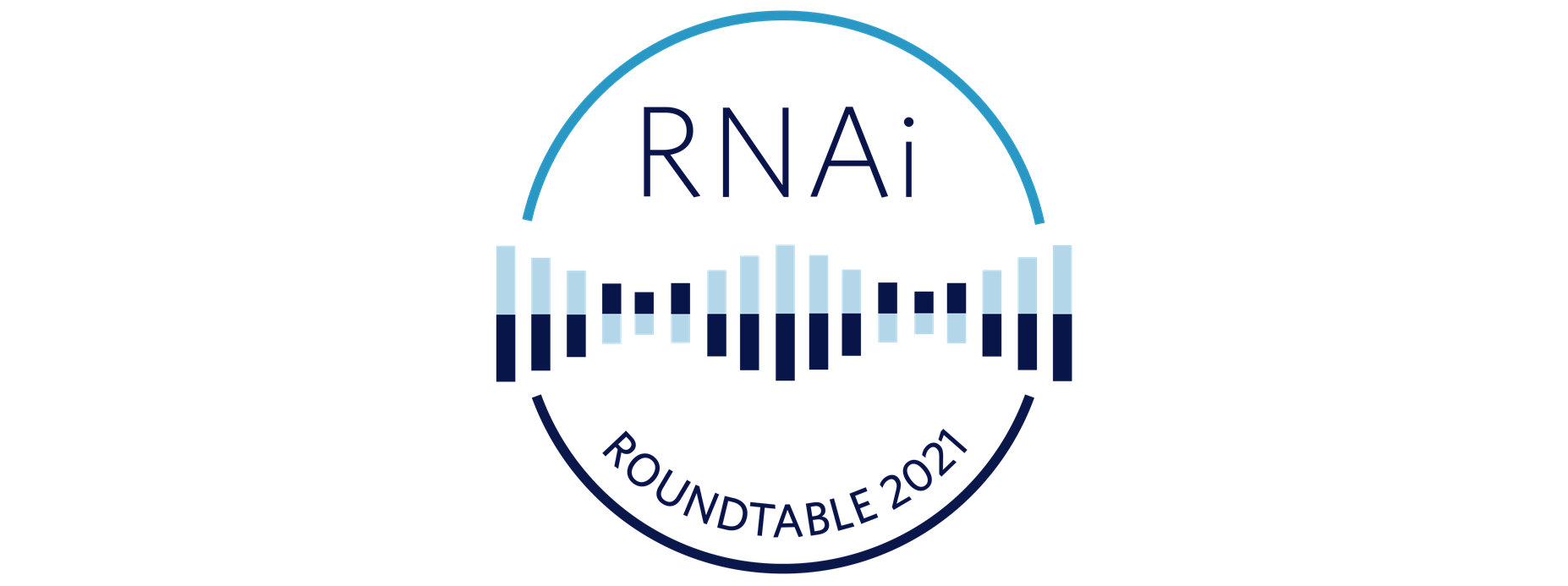12 Dec, 2021 New Results from ATLAS Phase 3 Program with Fitusiran Presented at ASH Annual Meeting 2021
New results from the ATLAS Phase 3 program with fitusiran, an investigational RNAi therapeutic in development for the treatment of hemophilia A or B with and without inhibitors, in collaboration with Sanofi, were presented at the 63rd American Society of Hematology (ASH) Annual Meeting, held December 11-14, 2021.






